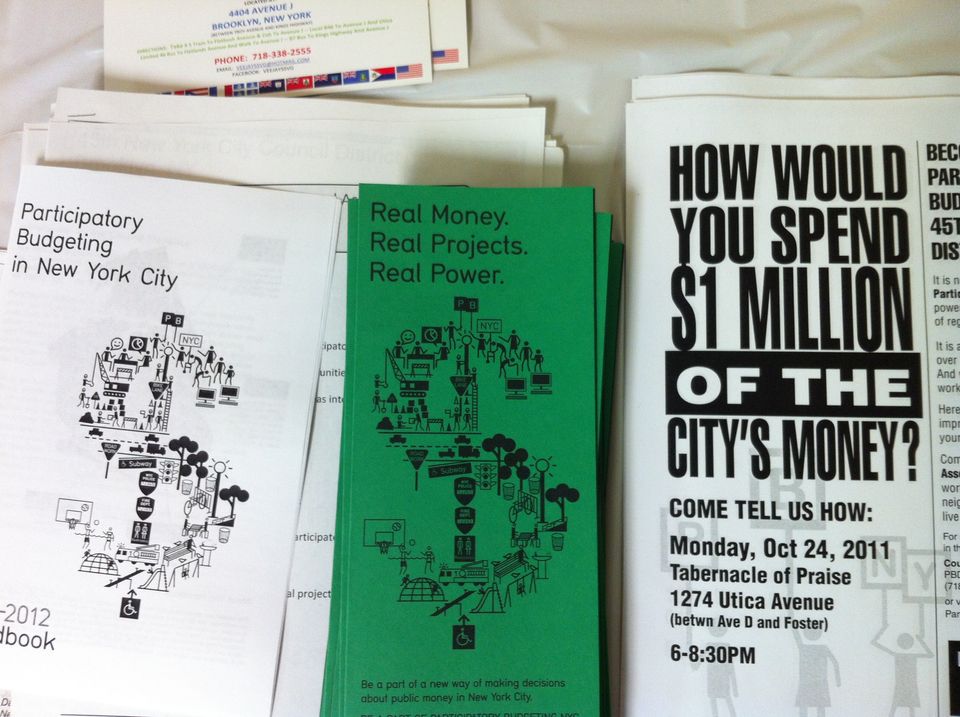Participatory Vs. Transactional Politics

A lot of debates about how to win elections and Do Politics Good are grounded in different views of how politics should work. While there are many good frameworks for analyzing these distinctions, a basic one rests on a transactional vs. participatory view of politics.
In transactional politics, a relatively stable set of leaders controls strategy, messaging, policy and resources, including money and staff lines. In transactional politics, campaigns ask you for votes, donations and volunteer time for tightly prescribed activities, such as get-out-the-vote door knocking or phone banking. Leaders deliver messages directly via paid media or indirectly through earned media in highly managed, disciplined exchanges.
In participatory politics, leaders and supporters actively collaborate on strategy, messaging, policy and resource allocation. Highly democratic unions and grassroots organizations practice participatory politics with regular turn-taking for leadership positions form the rank-and-file, collective bargaining input and votes, and building community solidarity around major labor disputes. Electoral organizations may practice participatory politics with active debates about endorsements and having members eventually become endorsed candidates themselves.
Of course, these models don't exist separately from one another. In many cases, they work in tandem, with people moving in and out of transactional and participatory phases of political activism. For instance, an activist might be happy to show up at a largely transactional canvassing shift for a local politician, but take a much more active participatory role in their union as a steward. Similarly, a grassroots donation via email is largely transactional, but may be a first step toward a more active volunteer role on a campaign. Similarly, advocacy organizations may set tactical priorities at the staff level, but seek democratic member input for big-picture strategy questions, including through balloting or membership-elected offices.
From a leader's perspective, even messaging can be participatory. For instance, rallies are a great place to test out messaging and see what sticks with supporters. Indeed, one of the biggest — but often not explicit — disputes in discussions about messaging is the degree to which we view supporters as messengers themselves and which factions in parties and movements bear primary responsibility for "message discipline" in dynamic political environments.
As our democracy has grown weaker, the need for more forms of participatory politics has grown stronger. In particular, as elections have become less competitive, people's ability to bring change to government through the ballot box has narrowed, even with dramatically increased voter turnout. For instance, only 45 House seats are toss-ups or lean one way or the other, which means just 10% of the electorate will have a competitive House race to vote in. Similarly, only 5 Senate races are toss-ups. All of the national discourse about how to win the midterms will be focused on a fraction of a fraction of the electorate, with the message for the rests of us — usually — boiling down to which races need our grassroots donations the most.
A more participatory view of politics would emphasize local mutual aid, union organizing and creating pathways for supporters to serve in party bodies, advocacy group advisory positions, and ultimately run and win as candidates themselves. For policymaking, participatory budgeting, deliberative polling and citizens' councils selected by random or semi-random sortition are all ways to not only help involve more people in politics, but also increase the democratic legitimacy of policy decisions. In some cases, citizen involvement can make harder decisions easier for political leaders, giving them some well-earned cover for tough choices.
Absent more robust democratic processes, we're left with ossified leadership that occasionally sees some generational succession and a parade of elite disputes that engaged political obsessives follow like armchair quarterbacks instead of co-participants with their own agency. And in a movement context, we're left with what author and filmmaker Astra Taylor calls "ad hocracies" of gadflies who have the time, attention and resources to show up.
For entrenched leaders, participatory politics can be scary. It means reducing their own immediate power over policymaking or messaging — but what it promises to do is build more power for the movements and people who helped get them there in the first place, including the types of wins that increase their vote share. If we're going to reduce decades of democratic decline in America, it won't be enough to eek out a few more electoral wins with paid media campaigns. Leaders actually have to embrace changing the terms of how we engage with politics, in the workplace, the ballot box and in policymaking itself.